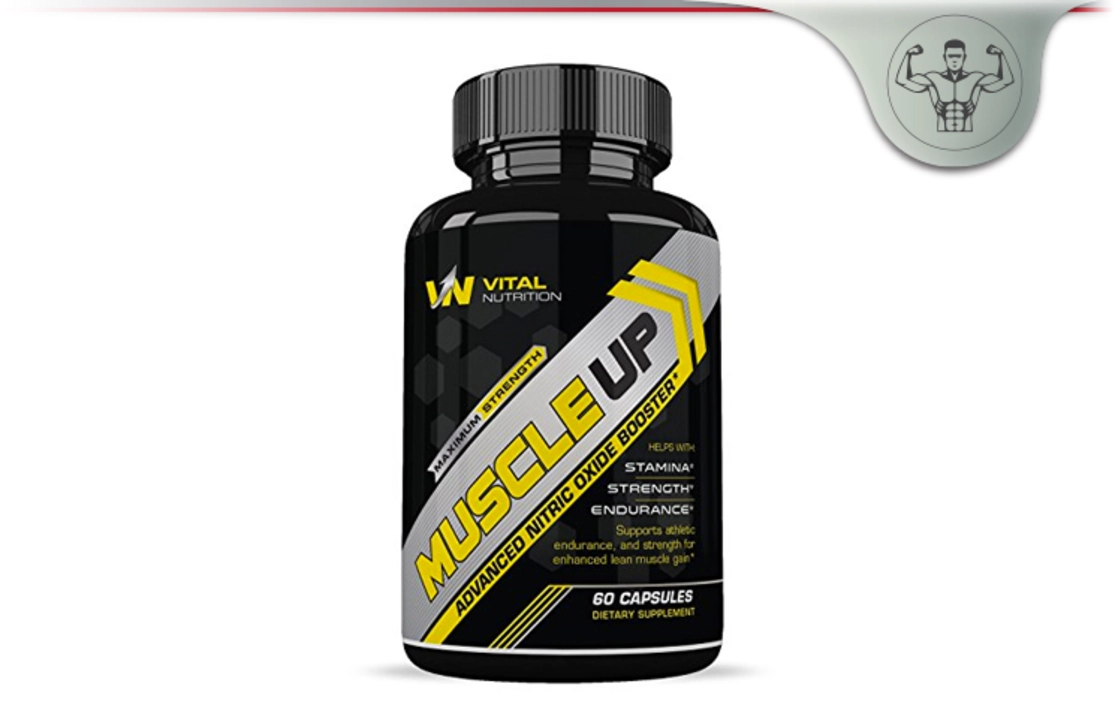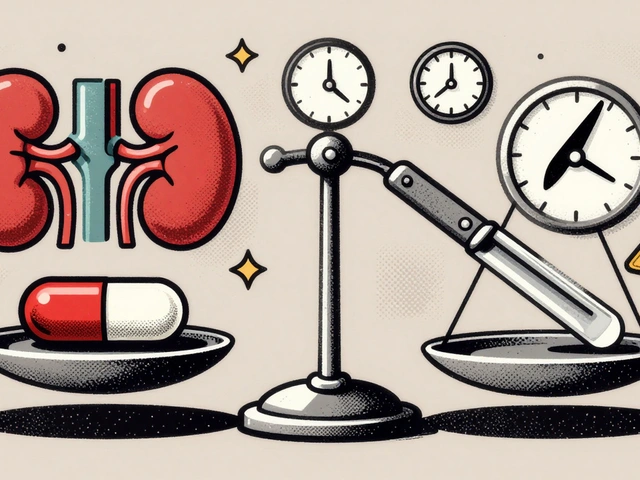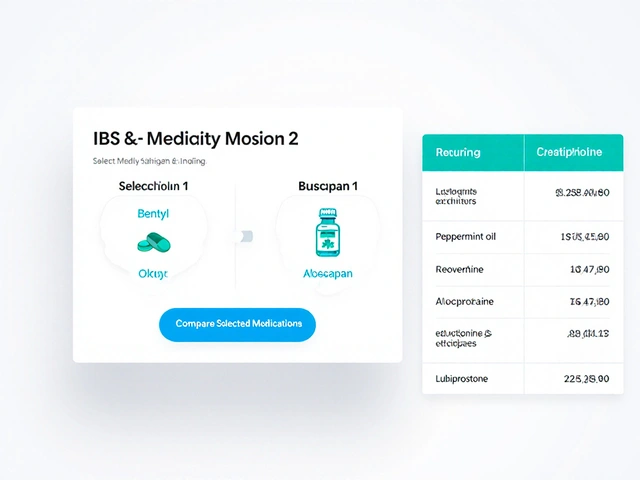Muscle Health: Simple Tips for Strength, Recovery, and Pain Relief
Keeping your muscles strong and pain-free doesn't need to be complicated. Focus on three basics: movement, fuel, and rest. Move regularly with strength work and gentle cardio to keep muscle mass and circulation. Eat enough protein and healthy carbs to repair tissue — a simple rule is 20–30g of protein after a workout. Don’t skip sleep; muscles rebuild during deep rest.
When soreness hits, start with active recovery: short walks, light stretching, or a low-intensity bike ride. Cold packs help sharp injuries, while heat eases tightness after 48 hours. Over-the-counter NSAIDs like ibuprofen can reduce pain and swelling, but use them short-term and follow dosing advice. If you want a deeper look at pain meds, read our guides on Motrin, Celebrex, diclofenac, and piroxicam to compare benefits and risks.
Smart Training Habits
Train with consistency, not always intensity. Pick two to three strength sessions per week targeting all major muscles with basic moves: squats, rows, presses, and deadlifts or their variations. Increase load slowly — add weight or reps by about 5–10% when a workout feels easy. Include mobility work and foam rolling to reduce tight spots and improve movement patterns. If pain is sharp, stop and reassess posture and form before pushing on.
Nutrition, Supplements, and When to See a Doctor
Protein from food works best: eggs, dairy, lean meat, fish, beans, or tofu. Creatine and vitamin D have solid evidence for helping strength and recovery in many people. Supplements like fish oil or a general multivitamin can help if your diet lacks variety. Avoid long-term reliance on painkillers; if muscle pain limits daily life or lasts more than two weeks, get checked. Some conditions need blood tests, physical therapy, or imaging to find the real cause.
Recovery routines matter: hydrate well, eat a balanced meal within two hours after exercise, and plan easy days after hard sessions. Massage, targeted stretching, and low-load movement speed up recovery for most people. For chronic issues, physical therapists can give targeted plans that beat generic advice.
Try a simple weekly plan: three strength days (30–45 minutes), two light cardio or mobility days (20–30 minutes), and two full rest or gentle walk days. After workouts, eat a recovery snack like Greek yogurt with fruit or a tuna sandwich within two hours. For quick relief, try a 10-minute hamstring stretch, hip bridges for glutes, and scapular retractions for upper back posture. Track progress with small weekly goals and adjust based on how you feel. Keep testing things.
Want more practical reads? Check related posts on PrescriptionPoint.SU like "Diclofenac Sodium for Gout" for NSAID info, "Piroxicam in Arthritis" for long-term pain options, and "Metformin: The Diabetes Drug Unveiling Weight Loss" for metabolic tips that affect muscle mass. Use this tag page to explore articles that touch muscle pain, recovery, and medicine choices.
Small, steady changes beat quick fixes. Move right, eat enough, rest well, and ask for help when pain sticks around. Your muscles will thank you.

In my recent research, I delved into the effects of Carbimazole on muscle health, specifically focusing on strength and endurance. Carbimazole, commonly used to treat hyperthyroidism, can potentially impact our muscles in various ways. I discovered that it may lead to muscle weakness and reduced endurance, affecting our overall physical performance. Additionally, Carbimazole may cause alterations in muscle fibers and metabolism, further impacting muscle function. It's essential to be aware of these potential side effects and consult with a healthcare professional if you're on Carbimazole and experiencing any muscle-related issues.
Continue Reading





